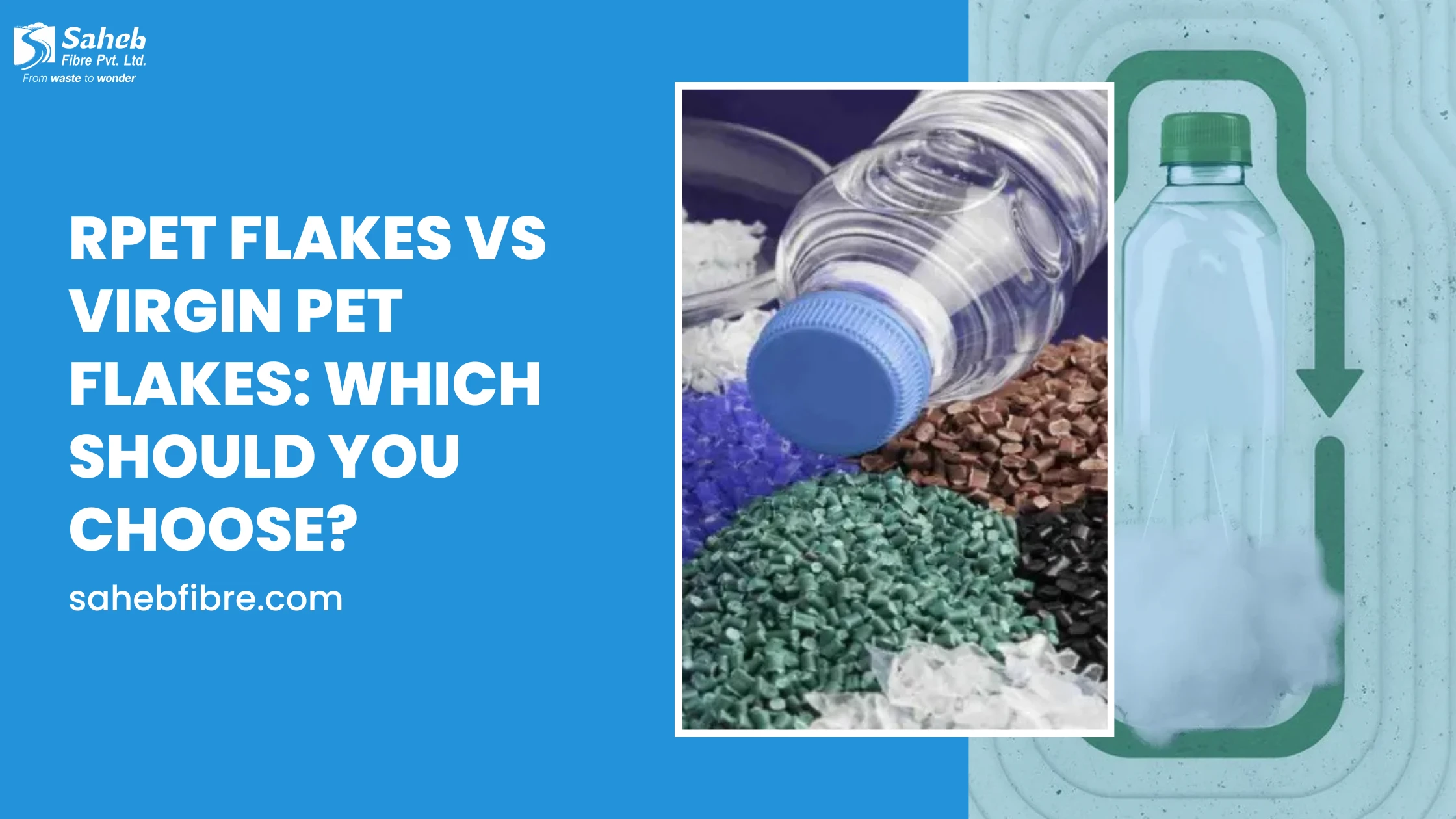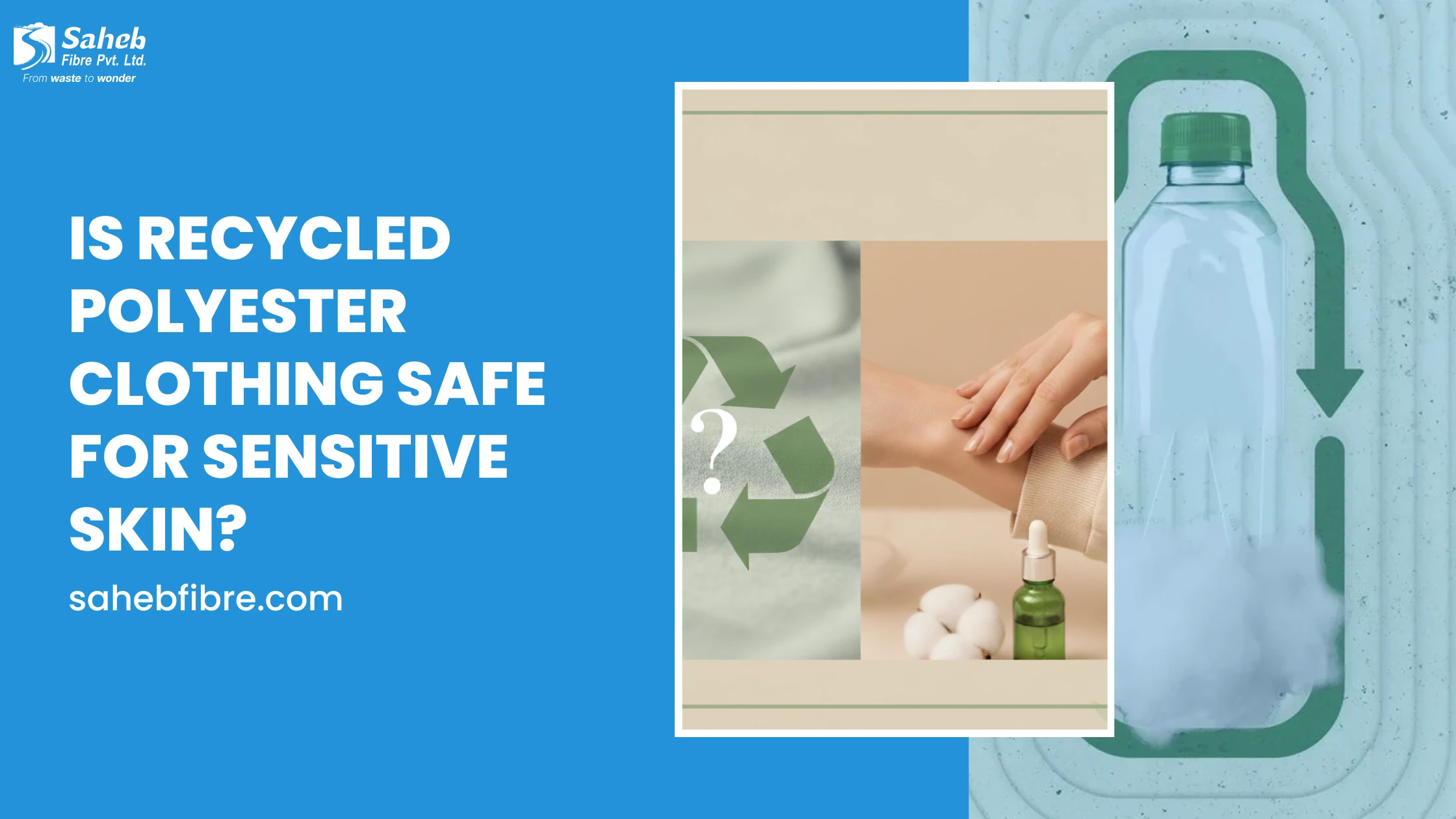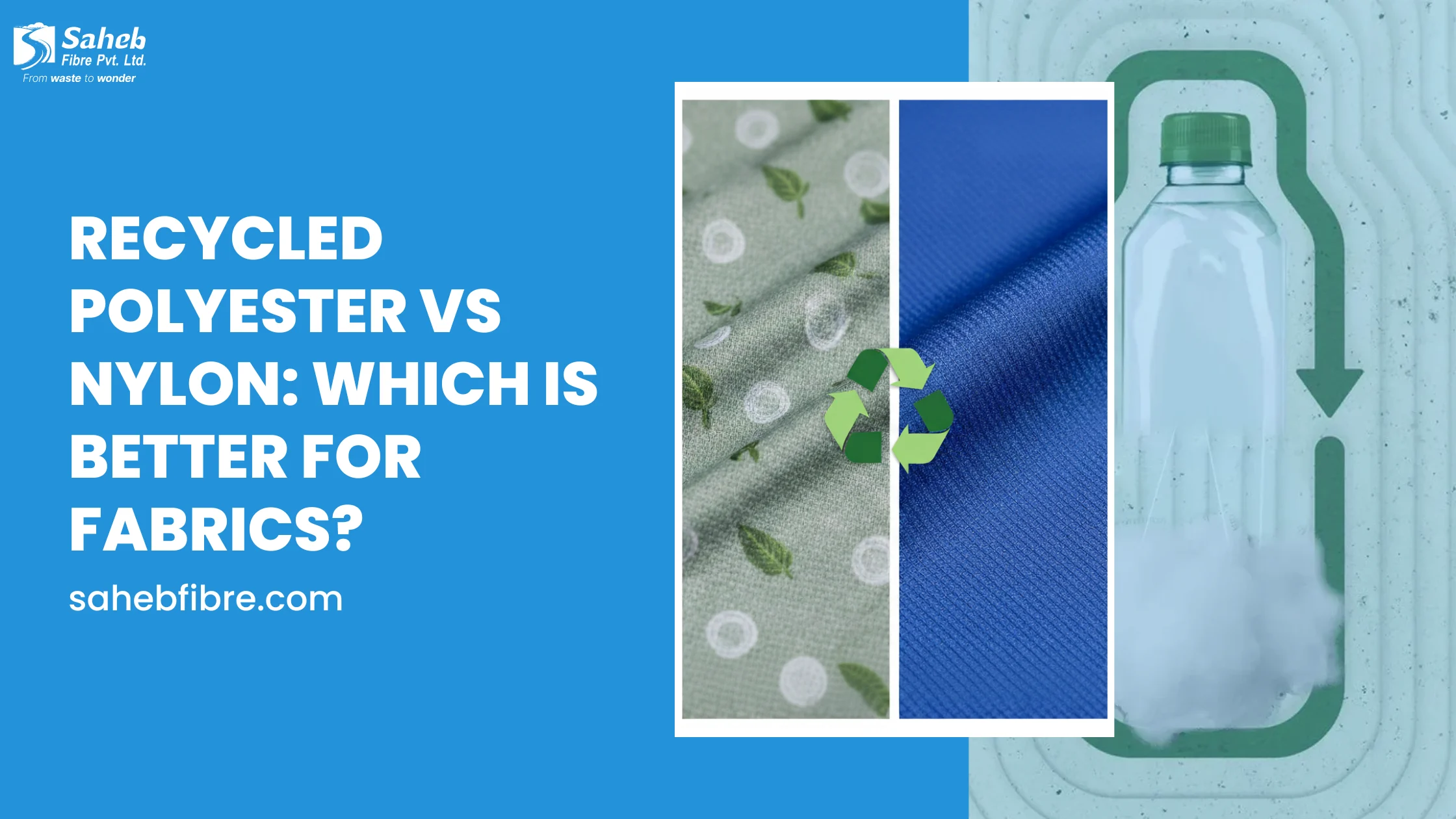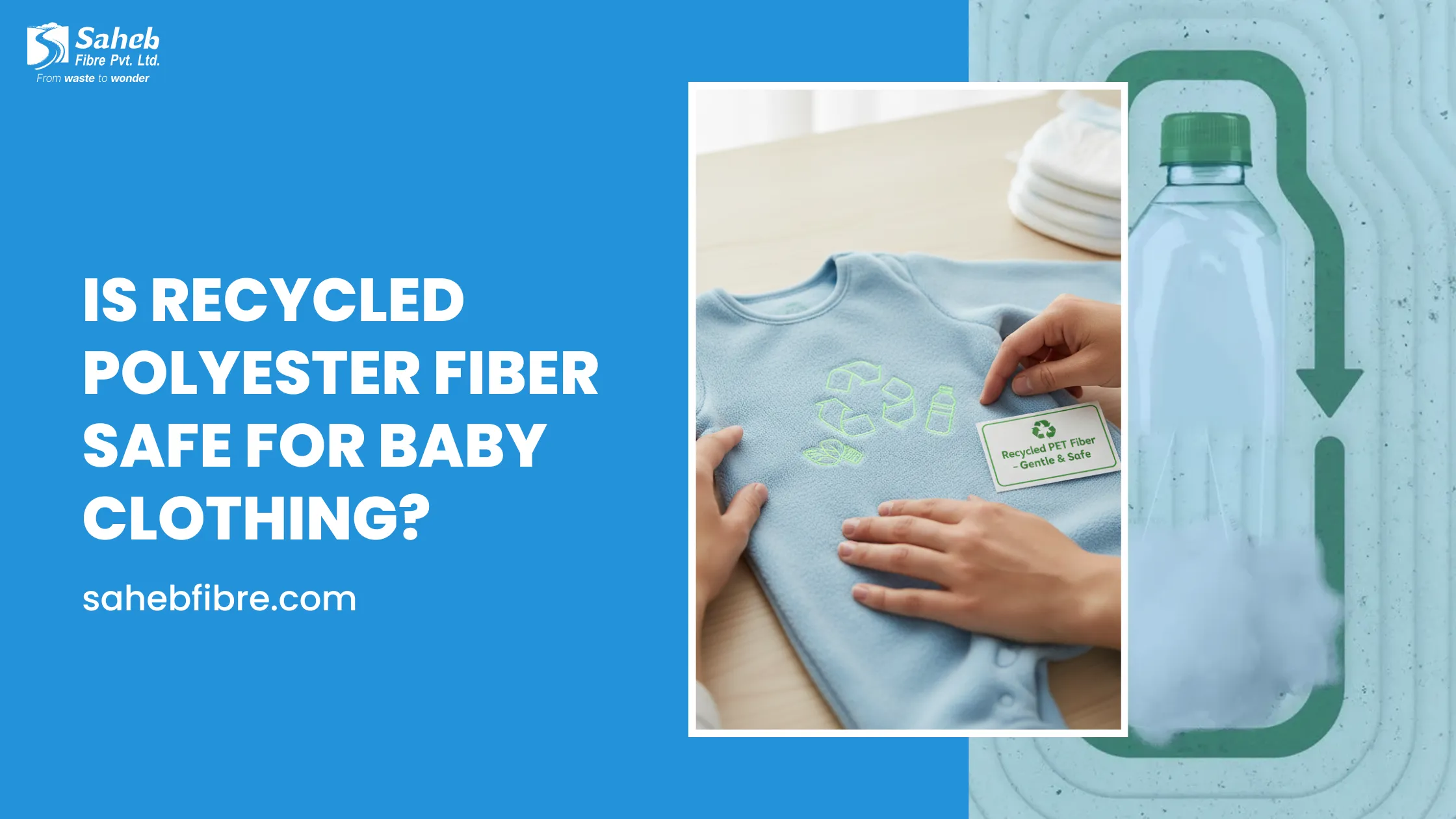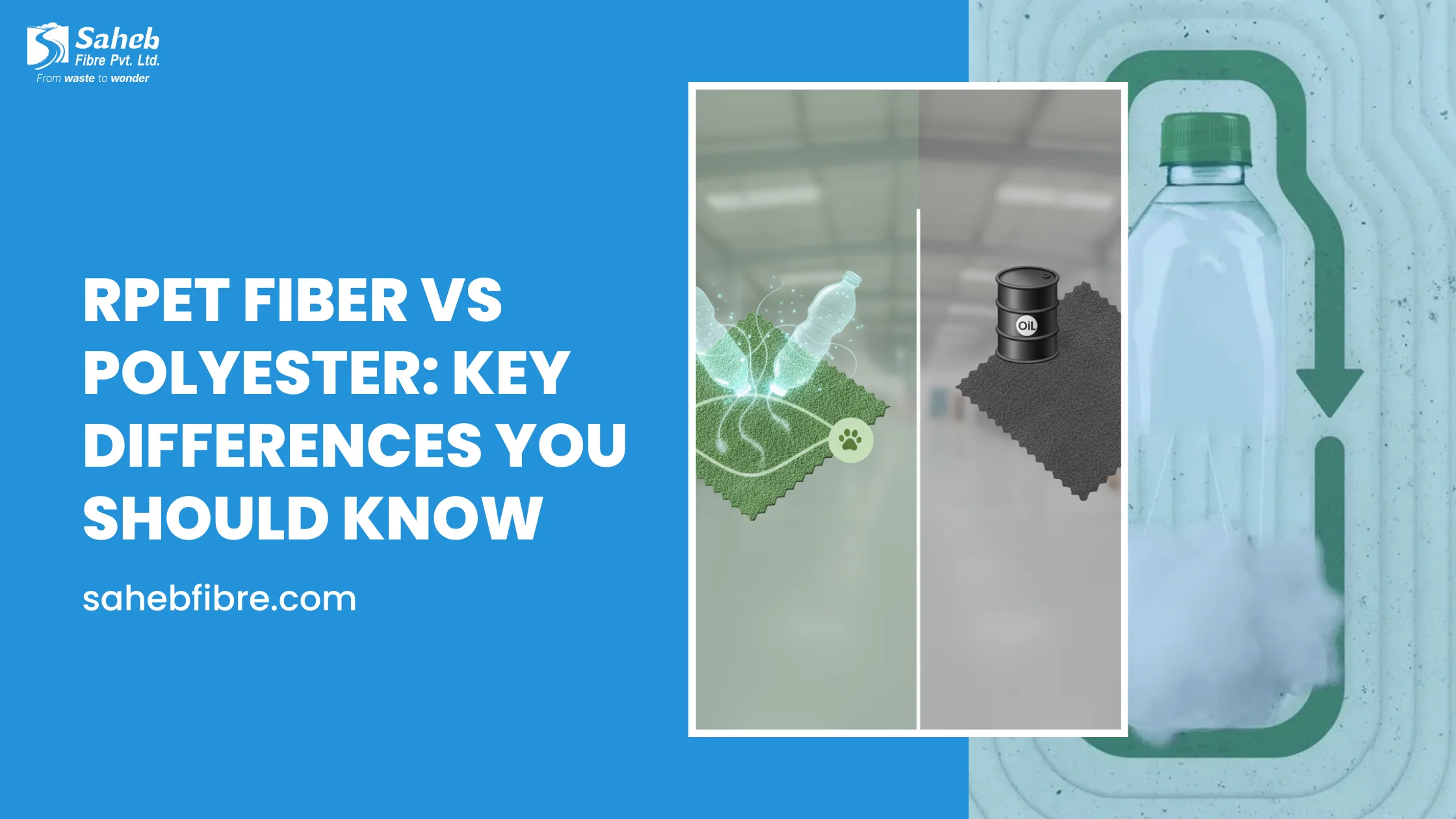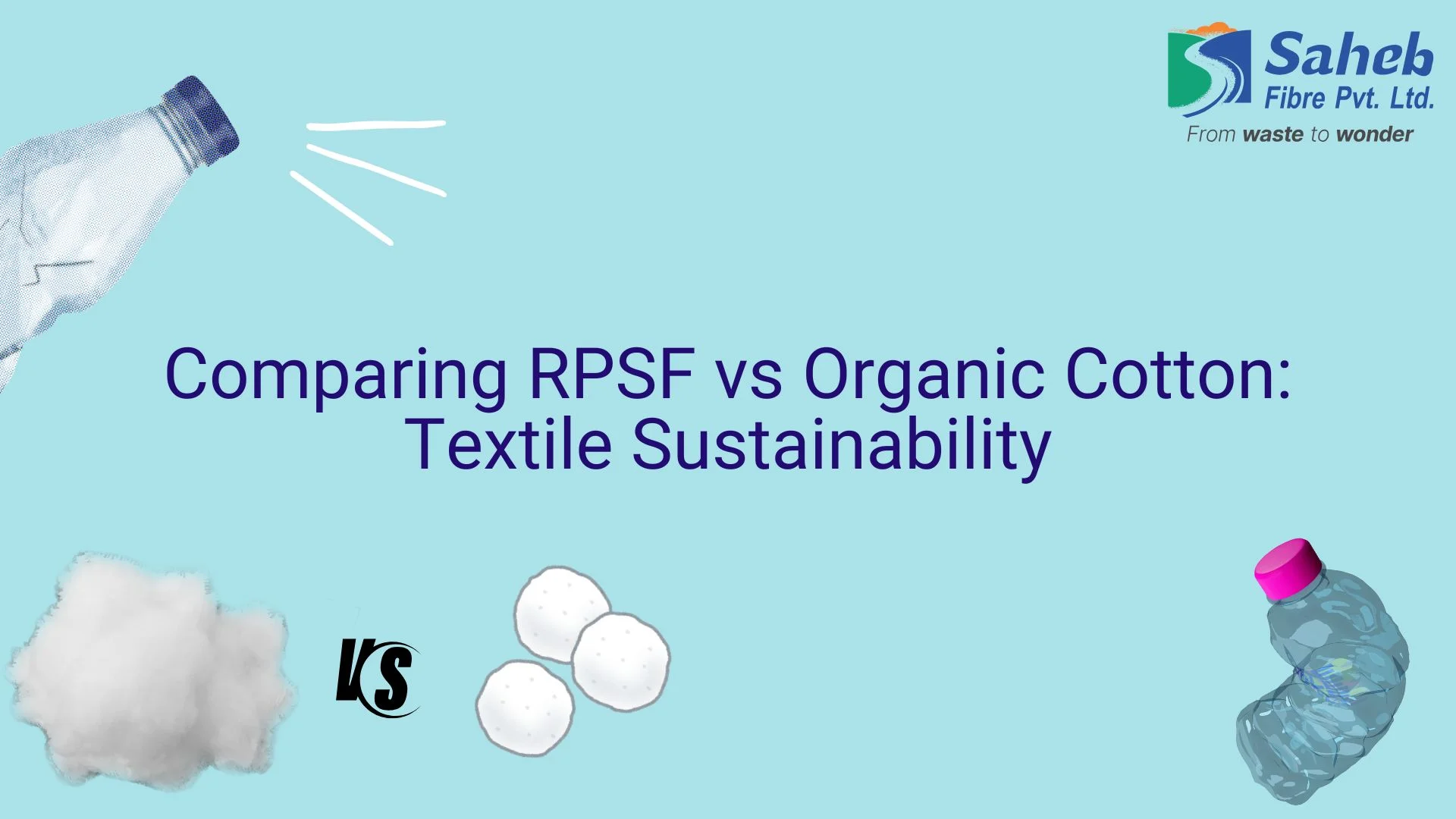
In the evolving landscape of sustainable textiles, understanding the nuances between recycled polyester staple fiber (RPSF) and organic cotton is crucial for informed decision-making. As a conscientious consumer or industry professional, you probably know about the environmental imperatives that are pushing the movement towards green materials, not to mention changes in legislation that affect you. In this article, we compare RPSF and organic cotton in terms of their environmental impacts, manufacturing processes and long term environmental sustainability. Through an investigation into the benefits and drawbacks of each, you will be better informed on how these materials make up a sustainable future so you can decide where and how to source and use textiles.
What Is Sustainable Textile Manufacturing?
Sustainable textile manufacturing refers to manufacturing that reduces the environmental impact at each stage of the lifecycle of any product made (or component thereof) — from sourcing the raw materials to the end-of-life disposal. Its purpose is to use less water, energy and chemicals, waste less and create fewer carbon emissions. RPSF and organic cotton are market leaders in sustainable fiber innovation in today's conscious market.
By making use of these materials, brands can reduce their ecological footprint, increase transparency throughout their supply chain and tap the growing demand for green high tech certified products in the apparel, home textile and industrial sectors.
What is RPSF (Recycled Polyester Staple Fiber)?
RPSF is recycled from used PET plastic bottles or polyester waste and gathered back into it. These materials are fully cleaned, melted and processed into fiber that can now be woven or blended into textiles. The solution also diverts waste from landfills and lessens reliance on virgin polyester (from fossil fuels). RPSF is offered in both raw white and colored, where colored RPSF eliminates an existing dyeing step and consequently conserves water, energy and lowers chemical usage.
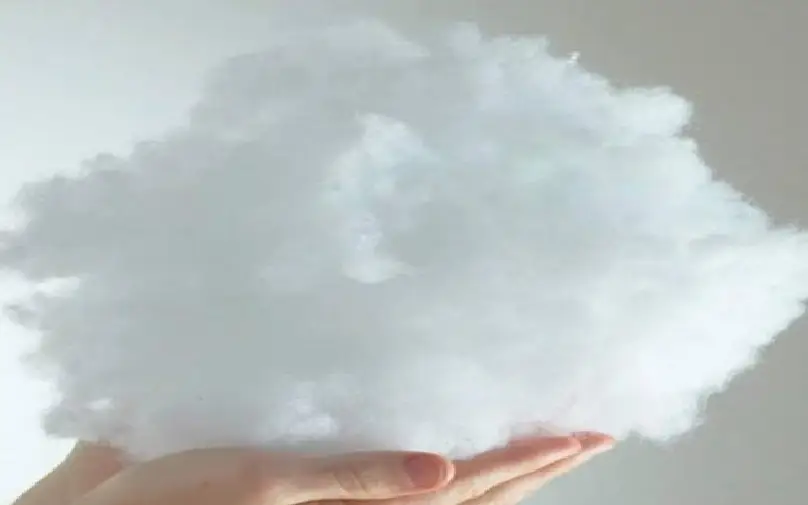
With excellent tensile strength, uniform texture and wrinkle resistance, color retention is also good. Due to its consistent quality and eco-efficiency, it is popular mainly in performance textiles, nonwovens, automotive seats, home furnishings and geotextiles.
What is Organic Cotton?
Organic cotton is cultivated without synthetic fertilizers, pesticides or genetically modified seeds. It’s grown organically, using traditional, soil regeneration, water conservation and farmer health-focused methods.
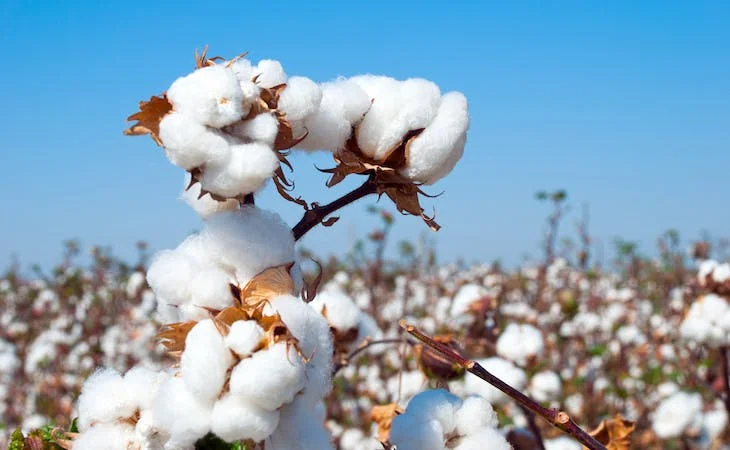
Organic cotton is gentle on your skin, hypoallergenic, and decomposes. The fabric is widely applied in premium clothes, kidswear, intimate wear, towels, and bedding; softness and purity are cared for.
Sustainability Comparison: RPSF vs Organic Cotton

1. Circularity and Resource Use
-
RPSF
Accelerates the circular economy through reuse of existing plastic waste. Made using minimal water and energy in production. The raw material, PET bottles, is highly abundant, which makes this production scalable.
-
Organic Cotton
It encourages soil-building, healthy soil and biodiversity. That said, cultivating cotton still needs copious amounts of water and especially land, in drought-prone areas.
2. Carbon Footprint
-
RPSF
It produces up to 75% less CO₂ than virgin polyester. Helps fight global plastic pollution and global greenhouse gas emissions.
-
Organic Cotton
The use of synthetic chemicals is eliminated, hence reducing pollution of the environment. In some cases, it’s lower carbon than conventional cotton, but higher than recycled fibers.
3. Water and Soil Conservation
-
RPSF
Has low water consumption since no irrigation or farming is involved. Doesn't affect soil health directly.
-
Organic Cotton
Uses better irrigation and crop rotation methods. Supports long-term soil fertility but requires more water than synthetics during growth.
Fiber Performance & Consumer Experience
| Feature | RPSF | Organic Cotton |
| Durability | Highly durable, abrasion-resistant | Soft but less durable than synthetic fibers |
| Moisture Wicking | Quick-drying, ideal for sports and performance | Breathable, absorbs moisture slowly |
| Comfort | Smooth, consistent texture | Natural, soft feel ideal for skin-sensitive users |
| Maintenance | Easy to wash and wrinkle-resistant | May shrink or wrinkle without special care |
Cost & Availability
-
RPSF
As a result, they are cost effective because the recycling infrastructure is mass available and the PET waste supply is steady. Low-input-cost oriented large-scale production.
-
Organic Cotton
Manual farming, seasonal yields, and certification costs make this produce premium-priced. It’s available depending on what growing regions and climate.
Applications of RPSF in the Textile Industry
Recycled Polyester Staple Fiber (RPSF) is an attractive material for the textile industry because it is eco-friendly and can be designed to exhibit versatile and good performance characteristics. RPSF provides an acceptable yet practical solution for brands moving to sustainability without compromising present manufacturing driven by environmental goals.
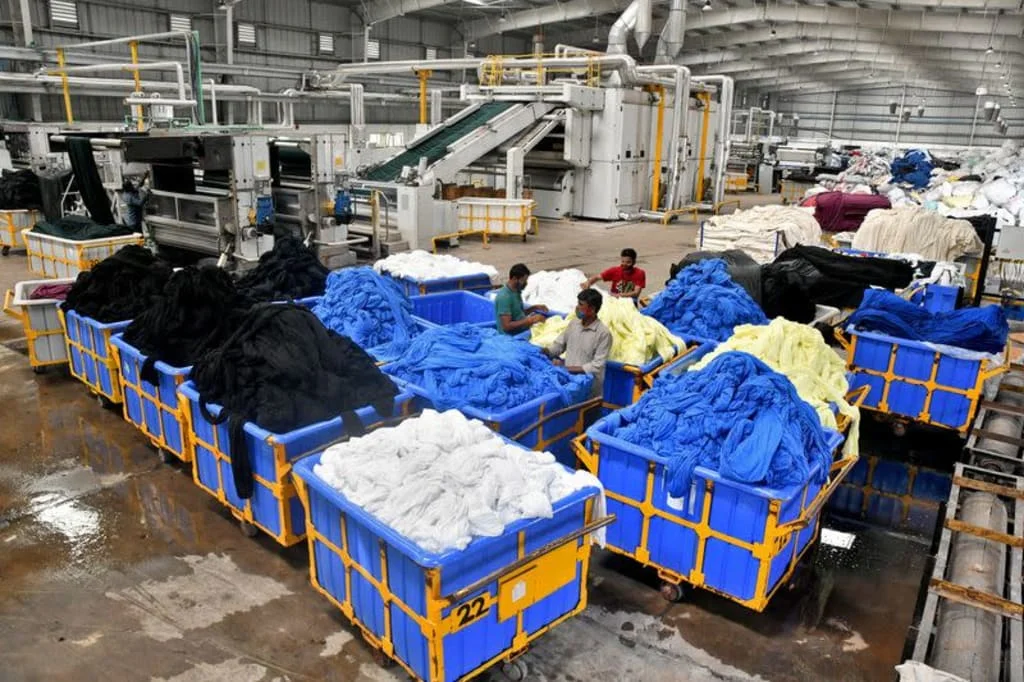
1. Garments and Apparel
RPSF is used extensively for yarn and fabrics making for casual, sport and fashion clothing. It also drapes well and easily combines with cotton or other fibers to create products with significantly enhanced durability, resistance to wrinkles and color retention. Its lightweight yet strong texture makes it right for
-
T-shirts and activewear
-
School and work uniforms
-
Outdoor jackets and rainwear
2. Home Textiles
Because of its softness and resilient nature, RPSF is ideal for a fabric for home furnishing purposes. When thinking of materials used to make comfortable and long-lasting products for everyday use, for example:
-
Bedsheets and mattress covers
-
Curtains and drapes
-
Sofa and cushion covers
RPSF’s moisture-wicking and anti-pilling properties add to its performance in these applications.
3. Filling Materials
Due to its good insulation and updating properties, RPSF is one of the common textile uses for RPSF, which is used as a filling material. It is an effective alternative to down or virgin polyester fiberfill for:
-
Pillows and cushions
-
Quilts, comforters, and duvets
-
Upholstered furniture padding
It maintains shape over time and provides consistent comfort.
4. Technical Textiles
RPSF is used in technical applications of textiles that require strength, durability and resistance against environmental conditions. These include
-
Industrial fabrics
-
Nonwoven fabrics for interlining
-
Protective clothing for workers
The fiber’s high tensile strength and abrasion resistance make it ideal for demanding textile uses.
Blended Yarn Options
Today, many manufacturers combine RPSF and organic cotton to make hybrid yarns that maximize sustainability and performance.
Blended Benefits:
-
Enhanced strength and longevity from RPSF
-
Improved softness and breathability from organic cotton
-
Better cost optimization for eco-conscious product lines
Why Choose RPSF from Saheb Fibre?
A Manufacturer and Exporter of Recycled Polyester Staple Fiber (RPSF), all your requirements are being fulfilled by Saheb Fibre, which specializes in the field of sustainability and innovation. All our RPSF products are completely durable, eco-friendly and perform beyond the global standards. Our recycled fibers go into products for apparel, mattresses, and industrial nonwovens, offering clients opportunities to achieve green goals without sacrificing product quality.
Regardless of whether you need white, black or colored RPSF, hollow or solid fibre, Saheb Fibre supplies such RPSF in consistent quantities, provides customised solutions and offers international logistics support to brands worldwide.
Which Fiber Should You Choose?
There’s no single "better" option — it depends on your end use and values:
-
Choose RPSF if you want to reduce plastic waste, cut costs, and increase fiber durability in mass-market products.
-
Choose Organic Cotton if you're targeting high-end natural clothing or personal care textiles for sensitive users.
-
Blend both if you're aiming to create a balanced, high-performance, eco-friendly product line.
Conclusion: Embrace Responsible Innovation
Building a more responsible textile industry ultimately means learning more about Recycled Polyester Staple Fiber (RPSF) and organic cotton. By providing solutions for the environment, they reduce environmental damage, enhance transparency and answer as the stakeholders to the call to integrate sustainable solutions to the problems of the world.
When you partner with trusted suppliers such as Saheb Fibre, you can help unlock eco-conscious innovation, set yourself and our planet apart in the textile market and help change the manufacturing of textiles for the better. Regardless of whether you’re a fashion brand, a home textile producer, or an industrial buyer, this is the moment when sustainable materials are your number one priority.
